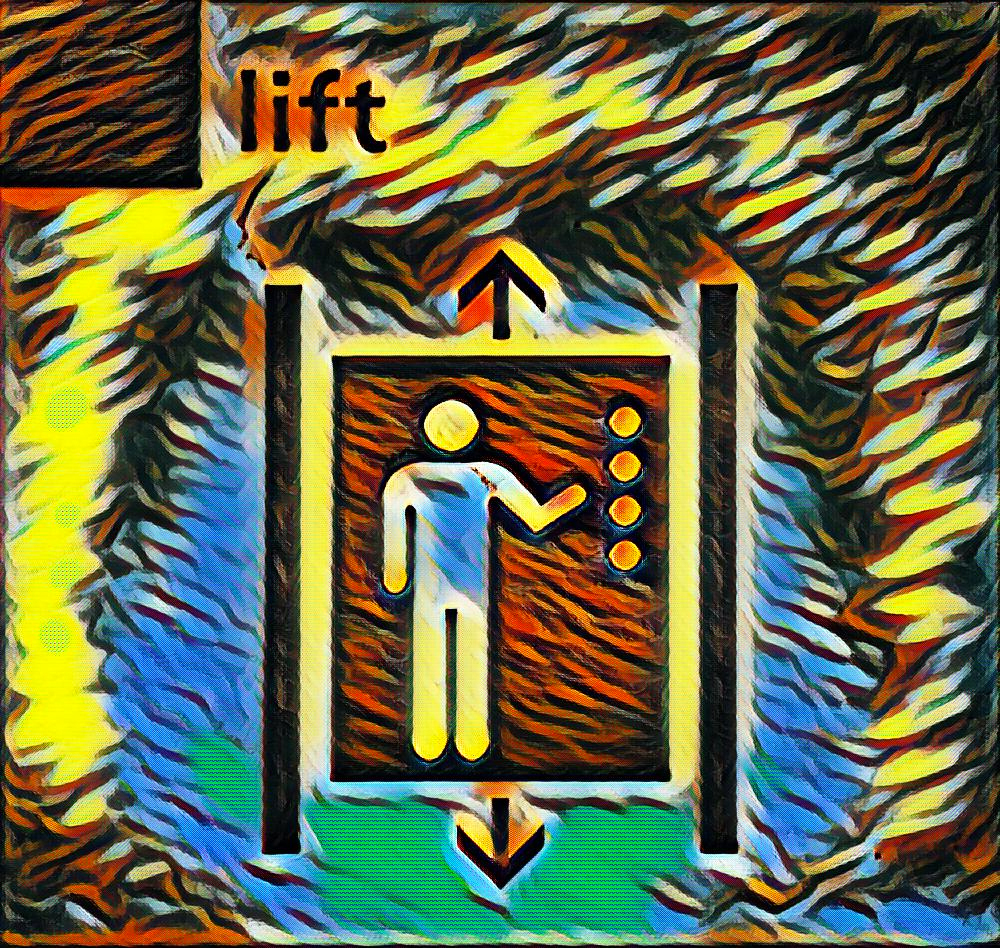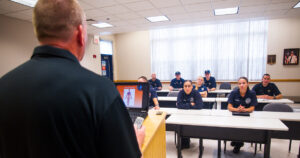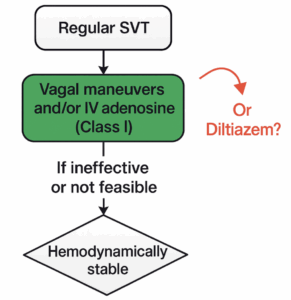On March 3rd, we published the following case stem:

EMS is dispatched to the home of a 75 yo female for a “lift assist”. Reportedly, the patient slipped out of bed when getting up in the morning and needs assistance in getting off the floor. Per dispatch, she is alert and denies other complaints. This is not the first time EMS has been dispatched to this household for a similar complaint. Driving to the scene, the EMS crew begins to debate whether a full Patient Care Record should be completed.
We asked our readers three questions with regard to this scenario:
How do you define a “patient” in EMS?
What defines a “lift assist” in your system?
What is the minimum assessment that should be performed and/or documented?
Our readers responded with a number of thoughtful comments and references.
How do you define a “patient” in EMS?
There was general consensus that the term “patient” should be defined broadly within EMS:
“A patient is an individual requesting or potentially needing medical evaluation or treatment. The patient-provider relationship is established by either phone, radio, or personal contact. It is the providers responsibility to insure all potential patients regardless of the size of the incident are offered the opportunity for evaluation, treatment, and/or transport.” – Eddie, from Wake Co EMS
Is it safe to say any one an ems professional physically touches is a patient? – Jeremiah Escajeda
“A patient is any member of the community served by the EMS that has a health problem requiring assessment and management by an EMT.” – Bill Lord
“My definition would be any person who needs or requests care. I have struggled with this question as an EMS Medical Director for over 30 years. My corporate legal counsel and our legal counsel for our state EMS agency gives this opinion: a person becomes a patient when they are contacted by an EMS provider. Period. No questions in their mind. My classic example is a non-injury MVC, called in by a passerby who dutifully calls 911 making the report. When asked if there are any injuries, they say “don\’t know”, and they don\’t because they drove on. In our system, “don\’t know” gets a fire/ems/law enforcement response. If the people have no injury, did not request ems service, have a low or non-existent MOI, do not request evaluation or transport, I would think this would be a “no patient contact” response. However, as long as my legal consultants have the opinion that these folks are “patients” we will evaluate them and complete a PCR.” – Irvin Smith, MD. Mercy Regional EMS. Paducah, Ky
Indeed, in a review of EMS liability cases (albeit from 1987 – 1992), the most common negligence allegations in patient care cases were arrival delay, inadequate assessment, inadequate treatment, patient transport delay and no patient transport. [1] Legally speaking, proof of negligence does not require intent, but it does require that the EMS provider has a duty to act. [2] While the above definitions of patients are rather broad, they have important differences regarding interpretation of this duty to act. The definition of patient provided by Bill Lord requires that you have a health problem requiring evaluation, while the Wake County definition considers someone with the potential to need evaluation and treatment a patient as well. As alluded to by Irvin Smith, this becomes tricky when a third party caller requests assistance on the behalf of someone who does not want it, but it seems reasonable that there is some sort of documentation of this encounter (i.e. a person with decision making capacity refused evaluation and care) in case an accusation of negligence or abandonment were to appear in the future.
What defines a “lift assist” in your system and what is the minimum assessment that should be performed and/or documented?
Commenters generally agreed that “lift assist” was a potentially dangerous term because it puts providers in the mindset that the patient is not ill.
“Heard this conversation in hospital ems room one day btw two different agency medics: “does your medical director make you get vital signs on your lift assists? Ours does!”
We should also ask what is response level in your EMS system for a “lift assist” call? Does your 911 system use the term “lift assist”
We should stop using that term. Exchange it with “fall.” A simple approach to highlighting a high risk pt population who we know are often elderly (high under triage rate [1]) and have a frequent short term representation rate with the healthcare system for what is often serious pathology[2].
1.Kodadek LM, Selvarajah S, Velopulos CG et al. Undertriage of older trauma patients: is this a national phenomenon? J Surg Research. 2015;199:220-229.
2.https://www.tandfonline.com/doi/abs/10.1080/10903127.2017.1308607.” – Jeremiah Escajeda
“There is no such term. Anyone with impaired mobility that requires assistance to mobilize requires an assessment of their health status before deciding that the patient does not require further medical assessment or referral to an agency that can implement a falls assessment and mitigation program with the patient’s consent….We know that a significant number of elderly who experience a fall but are not transported by EMTs have a subsequent fall, often resulting in a catastrophic injury such as a fractured neck of femur. The mortality rate in this cohort is also alarmingly high. http://qualitysafety.bmj.com/content/15/6/390
This reinforces the need for a focused examination in any older person who has fallen, even if they appear uninjured. Assessment should include tests of proprioception, balance and ability to mobilize. This is particularly important where the patient lives independently or has inadequate support. This suggests the need for an experienced clinician trained in this type of clinical assessment. However, there is evidence that paramedics don’t see this as their “core business”. We need to change this perception. See: https://bmchealthservres.biomedcentral.com/articles/10.1186/s12913-017-2243-y” – Bill Lord
My mentor and EMS fellowship program director, Sabina Braithwaite, describes her approach to the “lift assist” the same way she describes most things: directly and logically. Per Sabina, “When you need to call 911 to get your ass off the floor, that ain’t normal. You’ve probably got a problem and you deserve to be evaluated.” Two studies that have examined outcomes of the “lift assist” patient have provided evidence for this clinical approach. Cone et. al. examined the outcomes of 9-1-1 responses coded as “lift assists” from 2004-2009. They found that these accounted for a total of 4.8% of all EMS calls and more than half of these had a return visit within 30 days. On return visits, more than 50% were transported to the hospital. [3] More recently, Leggatt at al. published a retrospective analysis of 14-day morbidity and mortality among patients with an index lift-assist call. They found that out of 414 patients who called for a lift-assist, 21% had an ED visit, 11.6 % had a hospital admission and 1.1% died within 14 days of the index lift assist call.[4] These findings suggest that the index “lift-assist” call could have been an indicator of a functional decline, or alternatively just represent an overall sicker population. [5] While not every “lift assist” patient is a fall (e.g. the patient who needs assistance from the toilet to their bedroom), the vast majority likely fit the criteria for broad definition of patient as described above and deserve a medical assessment.
The commenters also make a more subtle and important point about the role of EMS in caring for these patients. While few paramedics enter school with the goal of taking care of geriatric fallers, this population makes up a substantial proportion of EMS calls. [6,7] As EMS providers find themselves spending their time on non-life-threatening work, this fosters “low acuity fatigue”, a “misplaced preconception before arriving at the scene that there will be nothing seriously wrong with the patient.” [6] While a substantial proportion of these patients will not require transport and should not be transported [8,9], a number of serious illnesses can lead to patient being on the floor and unable to get up (e.g. hypotension, stroke etc.). Even in the absence of serious illness, visits to patients’ homes by EMS represent a unique opportunity for intervention for elderly patients who fall. EMS providers are able to assess multiple factors that likely affect long term health of elderly patients, such as the safety of their home environment or what their home environment conveys about their ability to care for themselves at their current level of assistance. [10] Ideally, in cases of both transported and non-transported patients who fall, EMS can be incorporated into the integrated healthcare network that provides preventative care to this population to both decrease their risk of subsequent fall or their risk of harm from a subsequent fall. [11,12] EMS education will be essential to this process by promoting the perception that the care of the geriatric fall patient is “legitimate work” and an opportunity to do a tremendous amount of good. [6] Indeed, the health of the community and EMS provider job satisfaction stand to gain a lot from such a culture change.
Summary by EMS MEd Editor Maia Dorsett, MD PhD @maiadorsett
1. Ogilvie, W. (2017). EMS, Legal and Ethical Issues.
2. Morgan, D. L., Wainscott, M. P., & Knowles, H. C. (1994). Emergency medical services liability litigation in the United States: 1987 to 1992. Prehospital and disaster medicine, 9(4), 214-220.
3. Cone, D. C., Ahern, J., Lee, C. H., Baker, D., Murphy, T., & Bogucki, S. (2013). A descriptive study of the “lift-assist” call. Prehospital Emergency Care, 17(1), 51-56.
4. Leggatt, L., Van Aarsen, K., Columbus, M., Dukelow, A., Lewell, M., Davis, M., & McLeod, S. (2017). Morbidity and mortality associated with prehospital “lift-assist” calls. Prehospital Emergency Care, 21(5), 556-562.
5. Brown, Lawrence H. “Researching Lift-Assists: Nebulous Complexity.” (2017): Prehospital Emergency Care . 670-672.
6. Simpson, P., Thomas, R., Bendall, J., Lord, B., Lord, S., & Close, J. (2017). ‘Popping nana back into bed’-a qualitative exploration of paramedic decision making when caring for older people who have fallen. BMC health services research, 17(1), 299.
7. Evans, C. S., Platts-Mills, T. F., Fernandez, A. R., Grover, J. M., Cabanas, J. G., Patel, M. D., … & Brice, J. H. (2017). Repeated emergency medical services use by older adults: analysis of a comprehensive statewide database. Annals of emergency medicine.
8. Williams, J. G., Bachman, M. W., Jones, A. W., Myers, J. B., Kronhaus, A. K., Miller, D. L., … & Tibbo-Valeriote, H. (2015). Retrospective validation of a protocol to limit unnecessary transport of assisted-living residents who fall. Prehospital Emergency Care, 19(1), 68-78.
9. Williams, J. G., Bachman, M. W., Lyons, M. D., Currie, B. B., Brown, L. H., Jones, A. W., … & Myers, J. B. (2017). Improving decisions about transport to the emergency department for assisted living residents who fall. Annals of internal medicine.
10. Weiss, S. J., Chong, R., Ong, M., Ernst, A. A., & Balash, M. (2003). Emergency Medical Services Screening of Elderly Falls in the Home. Prehospital Emergency Care, 7(1), 79-84.
11. Snooks, H. A., Anthony, R., Chatters, R., Dale, J., Fothergill, R. T., Gaze, S., … & Lyons, R. A. (2017). Paramedic assessment of older adults after falls, including community care referral pathway: cluster randomized trial. Annals of emergency medicine
12. Wofford, J. L., Schwartz, E., & Byrum, J. E. (1993). The role of emergency services in health care for the elderly: a review. The Journal of emergency medicine, 11(3), 317-326.



